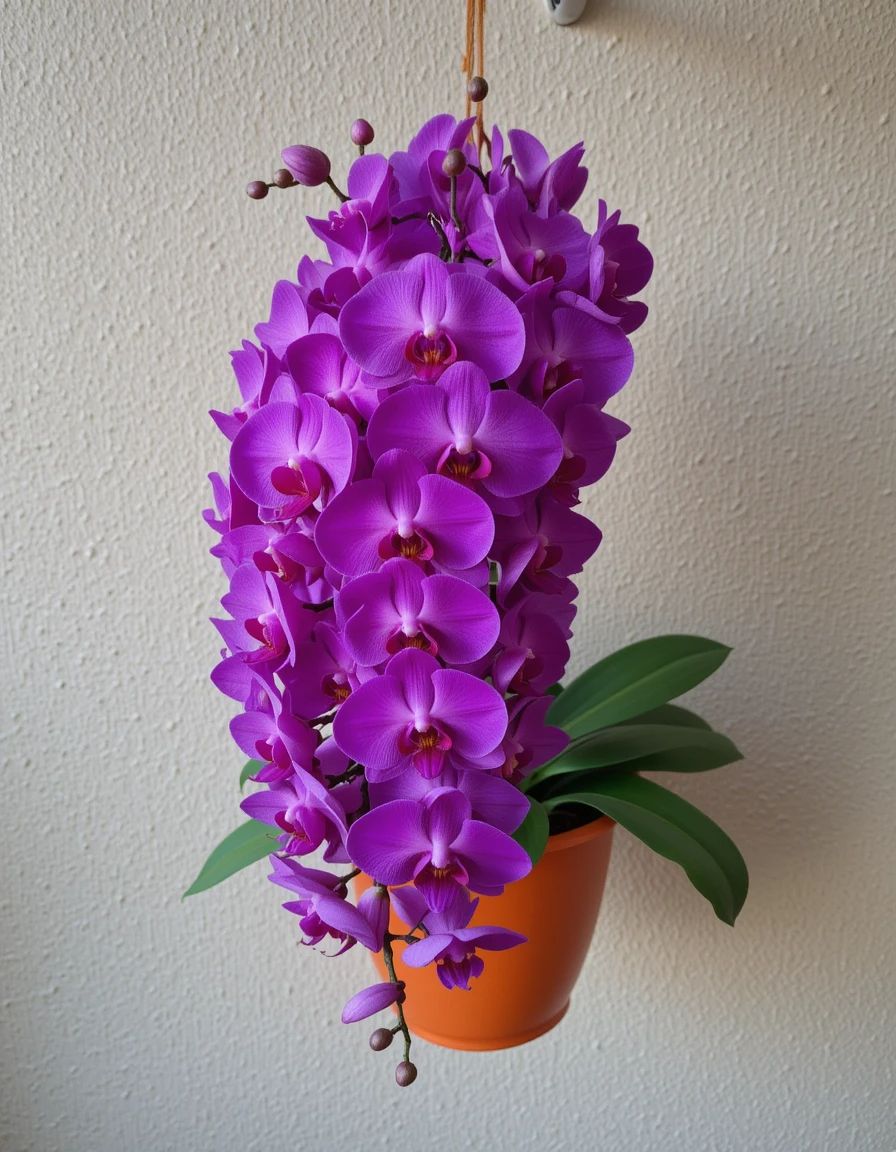Phalaenopsis orchids, also known as moth orchids, are among the most popular and easiest orchids to grow. Their stunning, long-lasting flowers and elegant appearance make them a favorite among houseplant enthusiasts. To ensure healthy growth and vibrant blooms, it is essential to provide the proper growing conditions.
Sunlight Requirements
Phalaenopsis orchids thrive in bright, indirect light. Direct sunlight can scorch the leaves, causing sunburn. Place your orchid near a north or east-facing window where it receives gentle morning sunlight. If using a south or west-facing window, consider using sheer curtains to diffuse the light.
Temperature and Humidity
- Daytime temperatures: 65-75°F (18-24°C)
- Nighttime temperatures: Slightly cooler than daytime, around 60°F (15°C)
Maintaining a stable temperature is crucial, as drastic fluctuations can hinder blooming. Humidity levels should range between 50-70%. If the air is dry, use a humidity tray, misting, or a room humidifier to maintain the required moisture levels.
Soil and Potting Medium
Phalaenopsis orchids require a well-draining potting medium to prevent root rot. The best options include:
- Orchid bark mix (fir bark, charcoal, and perlite)
- Sphagnum moss (retains moisture while allowing aeration)
- Coconut husk chips
Repotting every 1-2 years helps refresh the medium and prevent soil compaction.
Watering Requirements
Watering properly is key to preventing root rot and dehydration.
- Water thoroughly when the top inch of the potting medium feels dry.
- Avoid letting the roots sit in standing water.
- Water early in the day to allow the leaves to dry out by evening.
A common method is the soak and drain technique, where you submerge the pot in water for a few minutes and let it drain completely.
Fertilization for Healthy Growth
Phalaenopsis orchids benefit from regular fertilization during the growing season.
- Use a balanced orchid fertilizer (e.g., 20-20-20) at half strength.
- Feed every 2 weeks during active growth (spring and summer) and reduce to once a month in winter.
- Flush the potting medium with plain water occasionally to prevent salt buildup.
Encouraging Blooms
To encourage Phalaenopsis orchids to bloom:
- Provide consistent care with proper light, humidity, and watering.
- Expose the plant to cooler temperatures (55-60°F) for a few weeks in fall to trigger blooming.
- Cut back the spent flower spike just above a node to stimulate reblooming.
Common Problems and Solutions
1. Yellow Leaves
- Overwatering or direct sun exposure may cause yellowing leaves.
- Adjust watering habits and relocate the plant to indirect light.
2. Bud Blast (Bud Drop)
- Sudden temperature changes or dry air can cause buds to fall before blooming.
- Maintain stable temperature and humidity levels.
3. Root Rot
- If roots appear mushy or black, the plant is likely overwatered.
- Remove affected roots and repot in fresh, dry orchid mix.
Final Thoughts
Phalaenopsis orchids are rewarding houseplants that bring beauty and elegance to any space. By providing the right light, temperature, humidity, and proper care, you can enjoy stunning orchid blooms year after year. With a little attention and patience, these exotic flowers will thrive and grace your home with their stunning display. 🌸
Start growing your Phalaenopsis orchids today and enjoy their breathtaking beauty! 🌿
